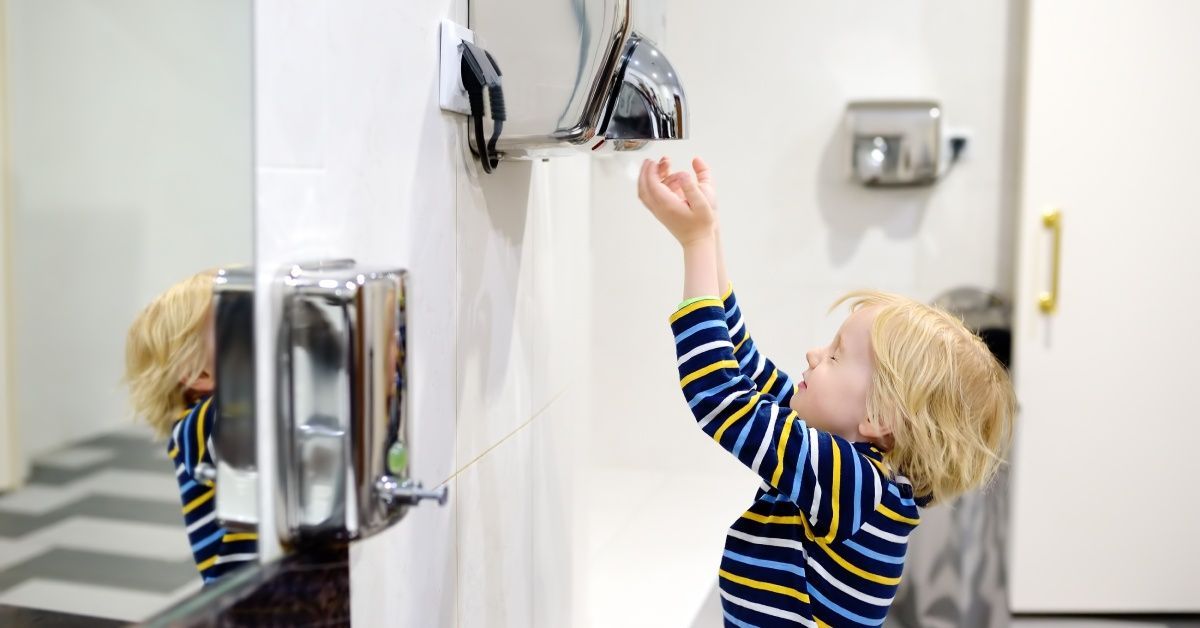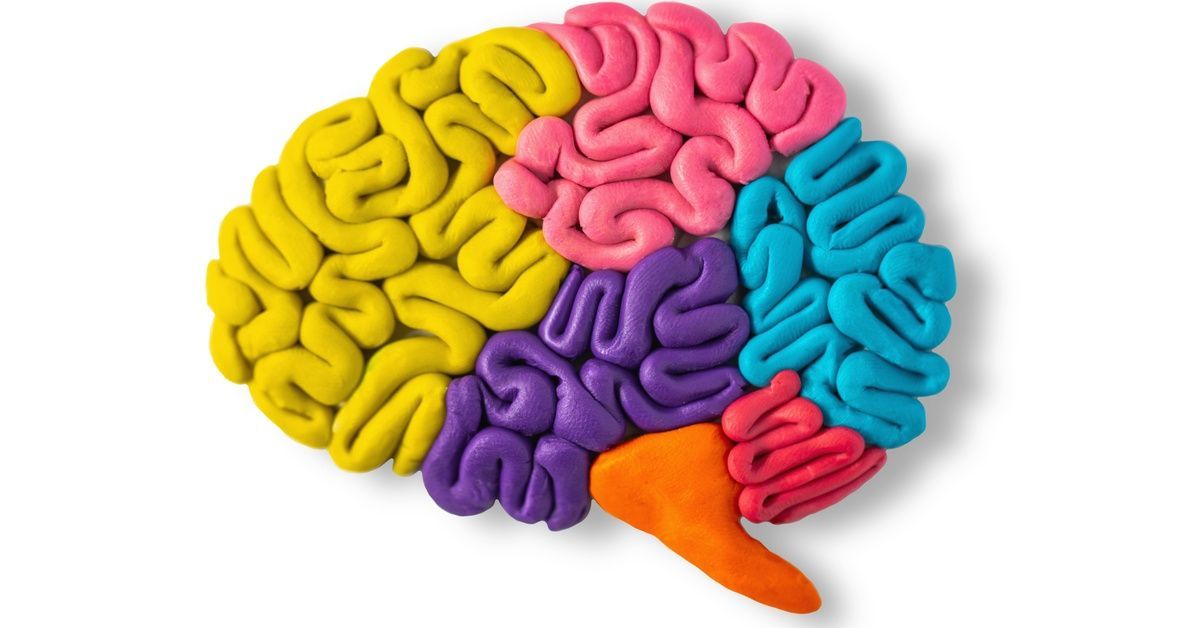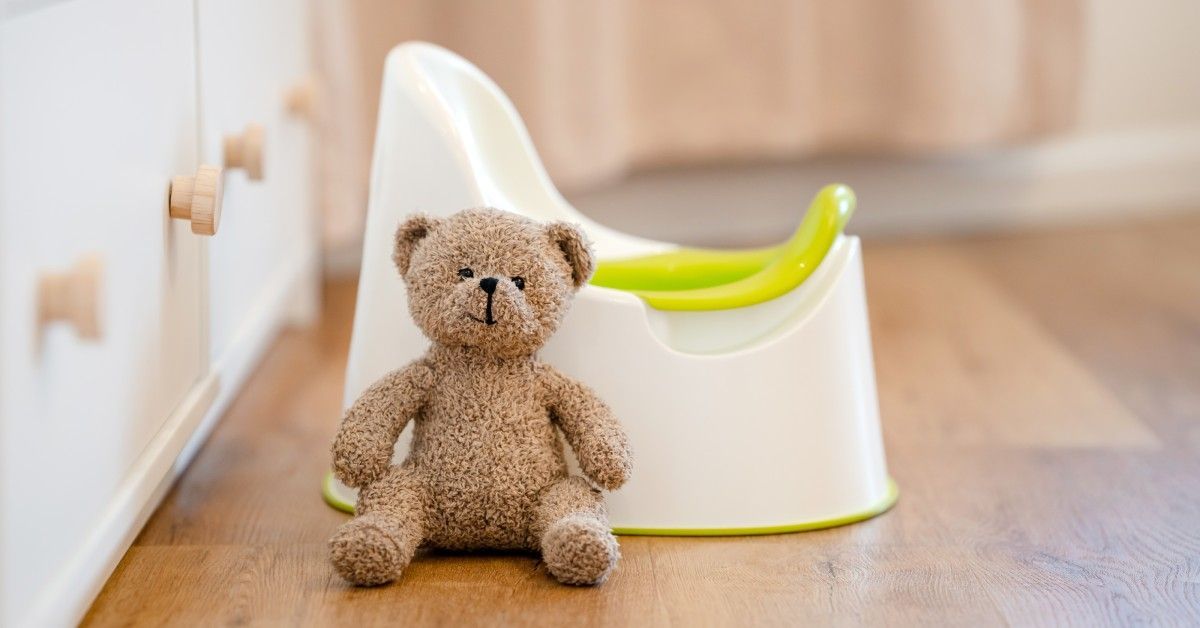Managing Public Restroom Anxiety in Children With Autism
Public restrooms present unique challenges for many children with autism. The combination of unfamiliar environments, unpredictable sensory experiences, and social demands can transform a simple bathroom visit into an overwhelming ordeal. Parents often feel anxious themselves when these everyday situations become sources of stress for their children.
You're not alone in facing this challenge. Many families navigate similar experiences, and with thoughtful preparation and consistent strategies, children can develop greater comfort and independence over time. This process requires patience, understanding, and often professional support.
Managing public restroom anxiety in children with autism becomes more manageable when parents understand the underlying factors contributing to their child's distress and implement evidence-based approaches. The strategies outlined here will help you support your child while building their confidence in these challenging environments.
Understanding Public Restroom Anxiety
Public restrooms often present a unique combination of sensory, social, and routine-related challenges.
Why Public Restrooms Overwhelm Children With Autism
Public restrooms stimulate multiple senses simultaneously. Hand dryers create sudden, loud noises that echo off tile walls. Fluorescent lights flicker and buzz overhead. Strong cleaning chemicals mix with other odors to create an intense smell profile. These sensory experiences often overwhelm children who process sensory information differently.
The unpredictable nature of public restrooms compounds these challenges. Children with autism thrive on routine and predictability, yet public restrooms vary dramatically in layout, equipment, and environmental conditions. Social anxiety adds another layer of complexity. Sharing space with strangers while managing personal care needs can feel intimidating. Children must navigate social expectations they may not fully understand while simultaneously coping with sensory overload.
Recognizing Signs of Distress
Children communicate anxiety through various behaviors. Physical responses include covering their ears, backing away from the entrance, or engaging in repetitive movements like hand-flapping or rocking. Some children vocalize their discomfort directly, while others show changes in their typical behavior patterns.
Escalation occurs when anxiety overwhelms a child's coping capacity. Without appropriate support, distress can intensify into a meltdown. Recognizing early warning signs allows parents to intervene before situations escalate.
Preparing at Home: Building Comfort Gradually

Before entering unfamiliar and unpredictable environments, practice routines at home to give children a sense of control and confidence.
Desensitization Techniques
Home preparation creates a foundation for success in public settings. Start by introducing your child to restroom sounds in a controlled environment. Play recordings of hand dryers or toilet flushes at low volumes, gradually increasing the sound level as your child becomes comfortable.
Visual supports can help children understand what to expect. Create picture sequences showing each step of using a public restroom, from entering to washing hands and exiting. Review these sequences regularly during calm moments, allowing your child to become familiar with the process before encountering it in real life.
Role-playing transforms abstract concepts into concrete experiences. Practice walking through restroom routines at home, using consistent language and movements. This rehearsal builds familiarity and reduces uncertainty about what will happen in actual public restrooms.
Essential Tools and Supports
Social stories provide personalized narratives about public restroom experiences. These stories describe what your child will see, hear, and do, using language tailored to their comprehension level. Read these stories regularly to reinforce expectations and reduce anxiety about unpredictable situations.
Visual supports like first-then boards show the sequence of activities clearly. These tools help children understand that using the restroom leads to preferred activities, creating motivation while providing structure.
Comfort items serve as emotional anchors during stressful experiences. A favorite fidget toy or calming object can provide security and sensory regulation when environmental demands become overwhelming. Noise-cancelling headphones work exceptionally well for children as they help reduce the loud, unpredictable noises that they will encounter in public restrooms.
Visiting Public Restrooms: Real-Life Practice
Once your child has built familiarity at home, transitioning to real-world settings becomes the next step.
Choosing Supportive Environments
Strategic location selection sets your child up for success. Begin with quiet, low-traffic restrooms during off-peak hours. Family or single-occupancy restrooms eliminate social pressures while allowing you to control the pace of the experience.
Consider the physical characteristics of different restrooms. Some locations feature quieter hand dryers or better lighting. Others offer more spacious layouts that feel less confined. Scout potential locations ahead of time to identify the most supportive options.
Creating Predictable Routines
Consistency reduces anxiety by making experiences more predictable. Develop a standard sequence of actions and use the same language each time. Walk your child through each step before entering, describing what will happen next.
Maintain a calm, supportive pace throughout the process. Rushing increases stress and reduces your child's ability to cope with any sensory challenges. Allow extra time so your child can process each step without feeling pressured.
Working Through Challenges
Meltdowns require immediate attention to safety and emotional regulation. Focus on helping your child manage their emotions rather than completing the restroom visit. Sometimes leaving the situation provides the best support.
Avoid viewing meltdowns as failures or reasons for punishment. These responses reflect your child's genuine struggle with overwhelming demands. Validate their feelings while planning adjustments for future attempts.
Professional Support and Collaboration
While home strategies play a vital role, partnering with professionals can make a significant difference.
Working With ABA Professionals
Behavior therapists bring specialized expertise to managing public restroom anxiety in children with autism. They can assess your child's specific challenges and develop individualized intervention strategies. These professionals understand how to break complex skills into manageable steps while building motivation through reinforcement systems.
Data collection helps track progress and identify effective strategies. ABA professionals teach parents to observe and record relevant behaviors, creating objective measures of improvement over time. This information guides treatment decisions and helps refine approaches.
The Role of Parent Training
Parent training for autism empowers caregivers to implement therapeutic strategies consistently across different environments. Through structured learning opportunities, parents develop skills in behavior management, environmental modification, and crisis intervention.
Professional training provides parents with the confidence to handle challenging situations. Rather than feeling helpless when difficulties arise, trained parents possess concrete tools and strategies. This preparation transforms stressful experiences into manageable challenges with clear action plans.
Collaboration between families and ABA teams ensures interventions remain practical and sustainable. Therapists provide expertise while parents contribute intimate knowledge of their child's preferences, triggers, and motivators. This partnership creates more effective and personalized treatment approaches.
Building Long-Term Success

Helping your child feel comfortable in public restrooms is a gradual journey. By celebrating small wins and staying flexible through setbacks, you can build confidence for both your child and yourself over time.
Celebrating Progress
Acknowledge every step forward, regardless of size. Success might look like entering a restroom without protest, tolerating hand dryer sounds, or completing one step independently. These achievements represent real progress toward greater independence and comfort.
Set realistic expectations based on your child's current abilities and challenges. Goals should stretch your child's skills without creating overwhelming demands. Adjust expectations as needed while maintaining focus on gradual improvement.
Maintaining Flexibility and Encouragement
Progress rarely follows a straight line. Children may show improvement followed by temporary setbacks, especially during stressful periods or environmental changes. This pattern represents normal learning rather than failure.
Patience remains essential throughout this process. Your child needs time to develop new skills and comfort levels. Rushing or expressing frustration can increase anxiety and slow progress. Consistent, calm support creates the best conditions for growth.
Moving Forward with Confidence
Public restroom anxiety represents a valid and manageable challenge. With appropriate preparation, consistent strategies, and professional support when needed, children can develop greater comfort and independence in these environments. Remember that progress takes time, and every child's journey looks different. Focus on supporting your child's individual needs while celebrating victories along the way.






